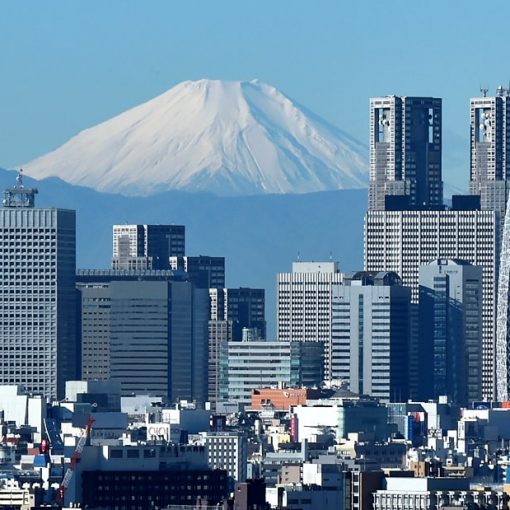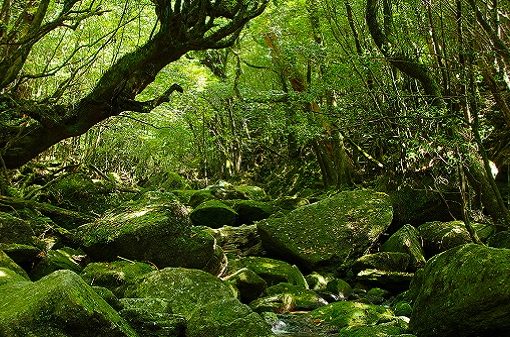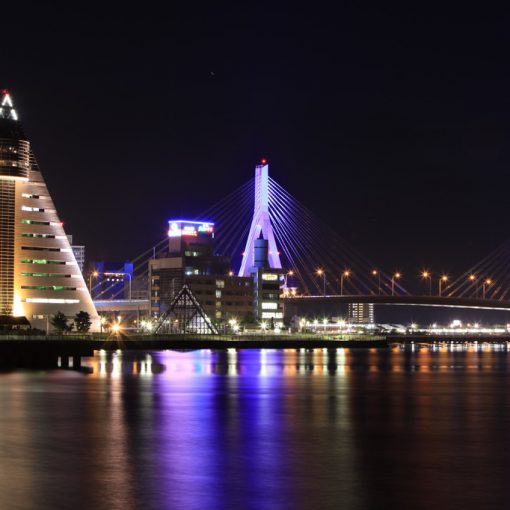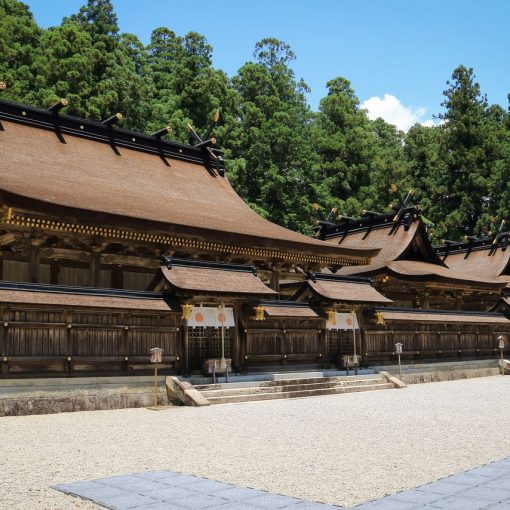The city of Yamagata in the center of the prefecture of the same name has been built and expanded around the ancient castle since the beginning of the 15th century. In Kazo Park, famous for cherry trees, moats and stone walls remind of those distant days when the castle was built. Landmarks in the city include the English Revival Bunsho-kan Reception Hall and several other Western-style brick buildings. The Yamagata Kyoku-Ryokan Educational Museum is considered a cultural heritage of the country. Yamagata hosts many colorful festivals. One of them is Hanagasa Matsuri, a summer festival of flower-decorated hats.
Summer festival of flower-decorated hats

The festival is considered one of the 4 biggest cultural events in the Tohoku region. Another spectacular Nihon Ichi No Imoni Kai festival is held in autumn and is dedicated to beef taro. Risshaku Mountain Temple in the northeast of the city is one of Yamagata’s prominent temples. According to historians, the temple was established in 860 as the abode of the Tendai sect, and since then the mountain temple has attracted tourists and pilgrims with its history and atmosphere. And this is not surprising.
Lost in the mountains among the magnificent landscape, the temple allows you to immerse yourself in thoughts about the eternal, and from the observation deck you can enjoy marvelous views of the valley, beautiful in any season. During the early Heian period, Emperor Seiwa sent the chief Buddhist priest of Japan to the border of the Tohoku region. Monk Jikaku
Daishi founded a temple in what was at the time part of Dewa Province. The temple is also known for the fact that the famous poet Basho came here, who composed one of his favorite haiku here. Basho stayed here in the 1600s while traveling through northern Japan and wrote a poem here about the peace and tranquility inspired by the surrounding landscape.
This is reminiscent of the statue of Basho and the lines written on the stone from his poem. The temple with the main hall Konponchudo is located at the foot of the mountain. The beech buildings are the oldest in the temple, it is in them that the statues of Buddha are kept, and the fire is burning, which, according to rumors, has been burning since the founding of the temple. This fire was brought from Enryakuji Temple in Kyoto, the head temple of the Tendai sect. A small treasure house at the foot of the mountain can be entered for a small fee.
To see the valley from above, you need to climb the mountain path. The 30-minute climb starts at Sanmon Gate. 1000 stone steps make climbing difficult for the unprepared tourist. Stone lanterns and small statues in the forest add to the atmosphere of the walk. Closer to the top, the route passes the massive rock Mida Hora in the shape of the Amida Buddha. A few minutes later, the Niomon Gate, built in the 19th century, opens up. From these relatively new gates, the territory of the upper temples begins, which are randomly spread along the mountain slopes.
The most famous temple
From here, beautiful panoramic views open up, which is especially valuable in contrast to the forest path, from where nothing but the forest can be seen during the ascent. The most famous temple building is the Kaisando hall, dedicated to the founder of the temple, and the Nokyodo, a room in which the sutras were copied. Behind the Kaisando hall, steps continue, which will lead the most hardy to the Godaido hall, an observation deck with views of the valley. The building itself was built in the early 18th century and extends organically all the way to the cliff. Even higher, the path continues on its way and leads to the Niomon gate.
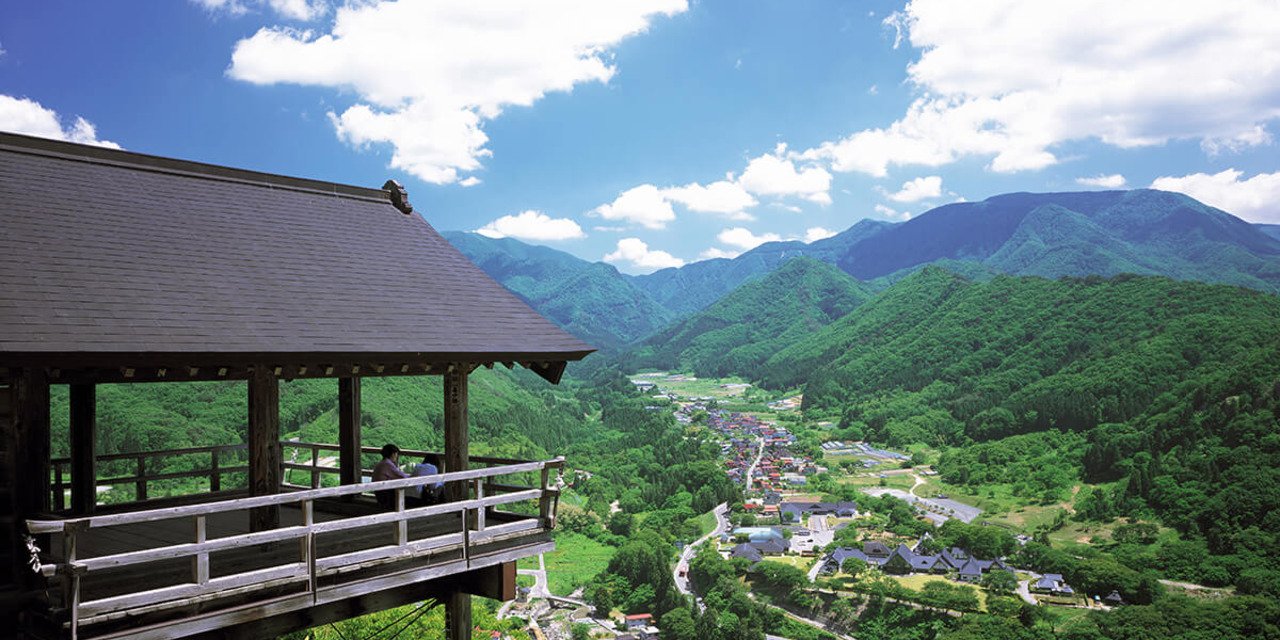
Throughout the temple are stone caves shaped by wind and water, small temple buildings, as well as the famous Konpon Chudo central hall. Not far from the temple, there is a large entertainment center Fuga No Kuni, where guests are offered various entertainment options. There is also a museum dedicated to Basho, and in particular to his journey through the north of Japan.
The Museum of Western Art offers a collection of paintings, sculptures and ceramics. The town of Tendo, north of Yamagata, is famous for Japanese shogi cheese, it is here that up to 95% of all Japanese products are produced. During the cherry blossom season, a curious event called ningen shogi (human chess) is held. During the holiday, chess tournaments are held, where people act as chess pieces, adding poetic charm to spring.

